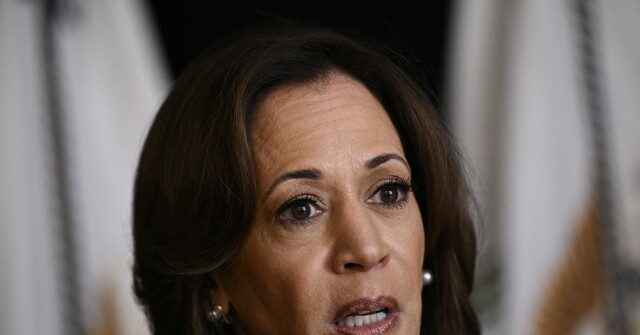The political landscape in New Hampshire has recently shifted, positioning it as a tossup state between Vice President Kamala Harris and former President Donald Trump, according to a forecast released by RealClearPolitics. Harris was once seen as having a comfortable lead, but the dynamics of the race are changing. Trump’s campaign is reported to be capturing momentum, fueled by contesting Harris directly in a state that many experts considered to be a stronghold for the Democratic nominee. This transition is significant as it indicates a competitive battleground ahead of Election Day, altering expectations for both candidates.
Recent polling data contributed to this change, with a survey by New Hampshire Journal/Praecones Analytica revealing Trump slightly ahead by 0.4 percentage points (50.2% to 49.8%). This development reflects broader trends showing that while Harris has traditionally held a lead in various polls, her advantage is narrowing. According to Trump’s national campaign spokeswoman, Karoline Leavitt, the investment in campaigning in New Hampshire is a sign that the Democratic side recognizes its vulnerability as Trump appears to be constructing a viable path to victory.
Despite the shift, other polling aggregators and surveys still place Harris ahead in New Hampshire. For instance, FiveThirtyEight’s data reflects a 5.1-point lead for Harris, a reduction from the 7-point advantage noted at the beginning of the month. Additionally, political analyst Nate Silver has reported that Harris is maintaining a lead of 5.2 points, although Trump’s numbers have increasingly improved—up by 2.2 points within the last month alone. Harris has continuously led most polls since becoming the Democratic nominee, with the sole exception being the latest poll that indicated Trump’s slight edge.
Adding to the complexity of this political contest, a recent poll conducted by The Dartmouth Poll between October 5 and 18 showed Harris with a substantial lead of 20.8 points over Trump (58.5% to 37.7%). This survey, which reached 2,211 registered voters in New Hampshire, illustrated her previous strength in polling prior to the more recent findings. Such contrasting polling results showcase the volatility of public opinion as Election Day approaches, underscoring the unpredictability that often characterizes electoral contests.
In light of these developments, the larger picture reveals that Harris and Trump are nearly tied in various swing states across the country. Such closeness in polling becomes increasingly significant as Election Day looms, typically leading to an environment where voter turnout can sway the results in favor of either candidate. Although public perception may shift dramatically in these final days, the implications of tightening polls in New Hampshire could influence campaign strategies and voter engagement as the two campaigns push to secure every possible vote.
As this race unfolds, it highlights the critical nature of states like New Hampshire which can take on added weight in the electoral calculus. Political reporters and analysts are keenly observing the evolving sentiments of local voters, given the state’s historical importance in the presidential election arena. As both campaigns continue their efforts to resonate with constituents, New Hampshire remains a focal point of contention, with both sides aware that every vote counts in what is shaping up to be an intensely competitive electoral battleground.

